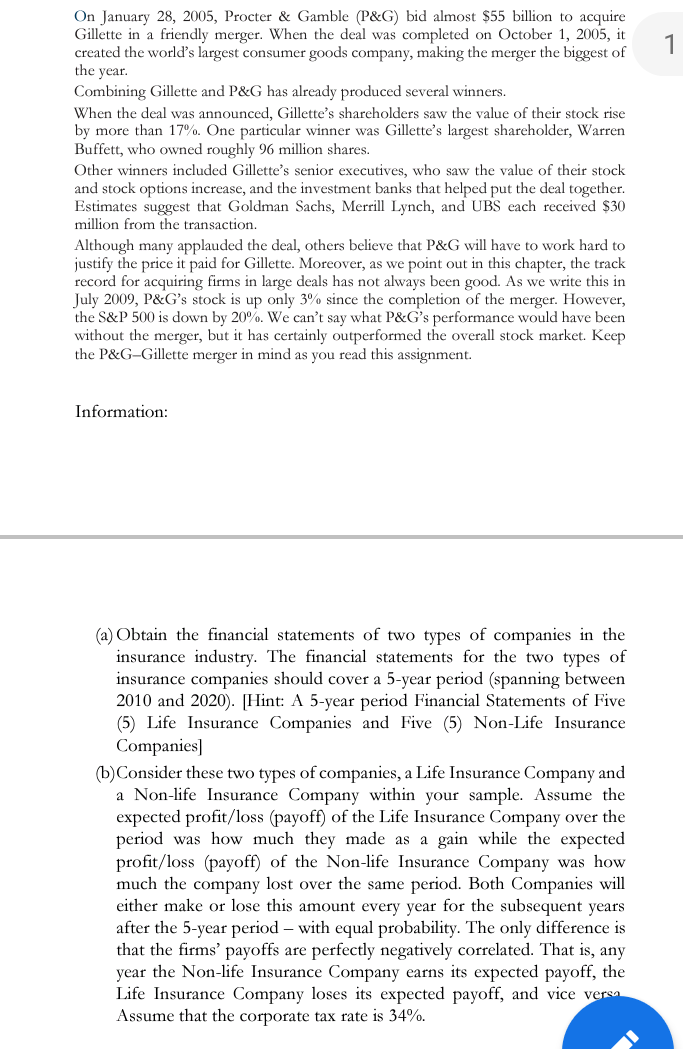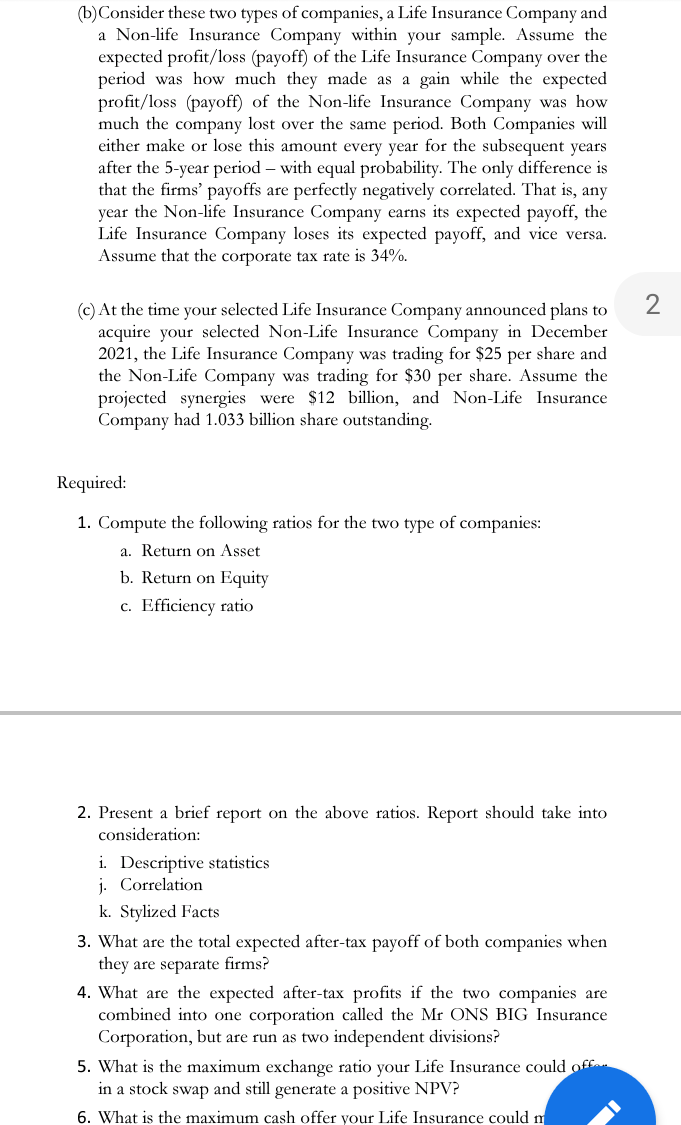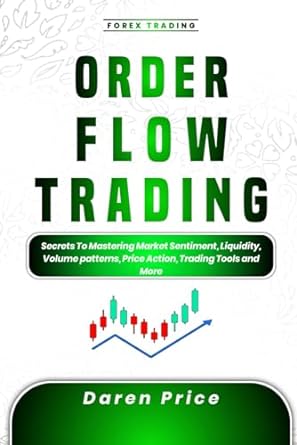Answered step by step
Verified Expert Solution
Question
1 Approved Answer
1 On January 28, 2005, Procter & Gamble (P&G) bid almost $55 billion to acquire Gillette in a friendly merger. When the deal was completed


1 On January 28, 2005, Procter & Gamble (P&G) bid almost $55 billion to acquire Gillette in a friendly merger. When the deal was completed on October 1, 2005, it created the world's largest consumer goods company, making the merger the biggest of the year. Combining Gillette and P&G has already produced several winners. When the deal was announced, Gillette's shareholders saw the value of their stock rise by more than 17%. One particular winner was Gillette's largest shareholder, Warren Buffett, who owned roughly 96 million shares. Other winners included Gillette's senior executives, who saw the value of their stock and stock options increase, and the investment banks that helped put the deal together. Estimates suggest that Goldman Sachs, Merrill Lynch, and UBS each received $30 million from the transaction. Although many applauded the deal, others believe that P&G will have to work hard to justify the price it paid for Gillette. Moreover, as we point out in this chapter, the track record for acquiring firms in large deals has not always been good. As we write this in July 2009, P&G's stock is up only 3% since the completion of the merger. However, the S&P 500 is down by 20%. We can't say what P&G's performance would have been without the merger, but it has certainly outperformed the overall stock market. Keep the P&G-Gillette merger in mind as you read this assignment. Information: (a) Obtain the financial statements of two types of companies in the insurance industry. The financial statements for the two types of insurance companies should cover a 5-year period (spanning between 2010 and 2020). (Hint: A 5-year period Financial Statements of Five (5) Life Insurance Companies and Five (5) Non-Life Insurance Companies (b)Consider these two types of companies, a Life Insurance Company and a Non-life Insurance Company within your sample. Assume the expected profit/loss (payoff) of the Life Insurance Company over the period was how much they made as a gain while the expected profit/loss (payoft) of the Non-life Insurance Company was how much the company lost over the same period. Both Companies will either make or lose this amount every year for the subsequent years after the 5-year period with equal probability. The only difference is that the firms' payoffs are perfectly negatively correlated. That is, any year the Non-life Insurance Company earns its expected payoff, the Life Insurance Company loses its expected payoff, and vice versa Assume that the corporate tax rate is 34%. (b)Consider these two types of companies, a Life Insurance Company and a Non-life Insurance Company within your sample. Assume the expected profit/loss (payoff) of the Life Insurance Company over the period was how much they made as a gain while the expected profit/loss (payoff) of the Non-life Insurance Company was how much the company lost over the same period. Both Companies will either make or lose this amount every year for the subsequent years after the 5-year period with equal probability. The only difference is that the firms' payoffs are perfectly negatively correlated. That is, any year the Non-life Insurance Company earns its expected payoff, the Life Insurance Company loses its expected payoff, and vice versa. Assume that the corporate tax rate is 34%. 2 (c) At the time your selected Life Insurance Company announced plans to acquire your selected Non-Life Insurance Company in December 2021, the Life Insurance Company was trading for $25 per share and the Non-Life Company was trading for $30 per share. Assume the projected synergies were $12 billion, and Non-Life Insurance Company had 1.033 billion share outstanding. Required: 1. Compute the following ratios for the two type of companies: a. Return on Asset b. Return on Equity c. Efficiency ratio 2. Present a brief report on the above ratios. Report should take into consideration: i. Descriptive statistics j. Correlation k. Stylized Facts 3. What are the total expected after-tax payoff of both companies when they are separate firms? 4. What are the expected after-tax profits if the two companies are combined into one corporation called the Mr ONS BIG Insurance Corporation, but are run as two independent divisions? 5. What is the maximum exchange ratio your Life Insurance could off in a stock swap and still generate a positive NPV? 6. What is the maximum cash offer your Life Insurance could m 1 On January 28, 2005, Procter & Gamble (P&G) bid almost $55 billion to acquire Gillette in a friendly merger. When the deal was completed on October 1, 2005, it created the world's largest consumer goods company, making the merger the biggest of the year. Combining Gillette and P&G has already produced several winners. When the deal was announced, Gillette's shareholders saw the value of their stock rise by more than 17%. One particular winner was Gillette's largest shareholder, Warren Buffett, who owned roughly 96 million shares. Other winners included Gillette's senior executives, who saw the value of their stock and stock options increase, and the investment banks that helped put the deal together. Estimates suggest that Goldman Sachs, Merrill Lynch, and UBS each received $30 million from the transaction. Although many applauded the deal, others believe that P&G will have to work hard to justify the price it paid for Gillette. Moreover, as we point out in this chapter, the track record for acquiring firms in large deals has not always been good. As we write this in July 2009, P&G's stock is up only 3% since the completion of the merger. However, the S&P 500 is down by 20%. We can't say what P&G's performance would have been without the merger, but it has certainly outperformed the overall stock market. Keep the P&G-Gillette merger in mind as you read this assignment. Information: (a) Obtain the financial statements of two types of companies in the insurance industry. The financial statements for the two types of insurance companies should cover a 5-year period (spanning between 2010 and 2020). (Hint: A 5-year period Financial Statements of Five (5) Life Insurance Companies and Five (5) Non-Life Insurance Companies (b)Consider these two types of companies, a Life Insurance Company and a Non-life Insurance Company within your sample. Assume the expected profit/loss (payoff) of the Life Insurance Company over the period was how much they made as a gain while the expected profit/loss (payoft) of the Non-life Insurance Company was how much the company lost over the same period. Both Companies will either make or lose this amount every year for the subsequent years after the 5-year period with equal probability. The only difference is that the firms' payoffs are perfectly negatively correlated. That is, any year the Non-life Insurance Company earns its expected payoff, the Life Insurance Company loses its expected payoff, and vice versa Assume that the corporate tax rate is 34%. (b)Consider these two types of companies, a Life Insurance Company and a Non-life Insurance Company within your sample. Assume the expected profit/loss (payoff) of the Life Insurance Company over the period was how much they made as a gain while the expected profit/loss (payoff) of the Non-life Insurance Company was how much the company lost over the same period. Both Companies will either make or lose this amount every year for the subsequent years after the 5-year period with equal probability. The only difference is that the firms' payoffs are perfectly negatively correlated. That is, any year the Non-life Insurance Company earns its expected payoff, the Life Insurance Company loses its expected payoff, and vice versa. Assume that the corporate tax rate is 34%. 2 (c) At the time your selected Life Insurance Company announced plans to acquire your selected Non-Life Insurance Company in December 2021, the Life Insurance Company was trading for $25 per share and the Non-Life Company was trading for $30 per share. Assume the projected synergies were $12 billion, and Non-Life Insurance Company had 1.033 billion share outstanding. Required: 1. Compute the following ratios for the two type of companies: a. Return on Asset b. Return on Equity c. Efficiency ratio 2. Present a brief report on the above ratios. Report should take into consideration: i. Descriptive statistics j. Correlation k. Stylized Facts 3. What are the total expected after-tax payoff of both companies when they are separate firms? 4. What are the expected after-tax profits if the two companies are combined into one corporation called the Mr ONS BIG Insurance Corporation, but are run as two independent divisions? 5. What is the maximum exchange ratio your Life Insurance could off in a stock swap and still generate a positive NPV? 6. What is the maximum cash offer your Life Insurance could m
Step by Step Solution
There are 3 Steps involved in it
Step: 1

Get Instant Access to Expert-Tailored Solutions
See step-by-step solutions with expert insights and AI powered tools for academic success
Step: 2

Step: 3

Ace Your Homework with AI
Get the answers you need in no time with our AI-driven, step-by-step assistance
Get Started


